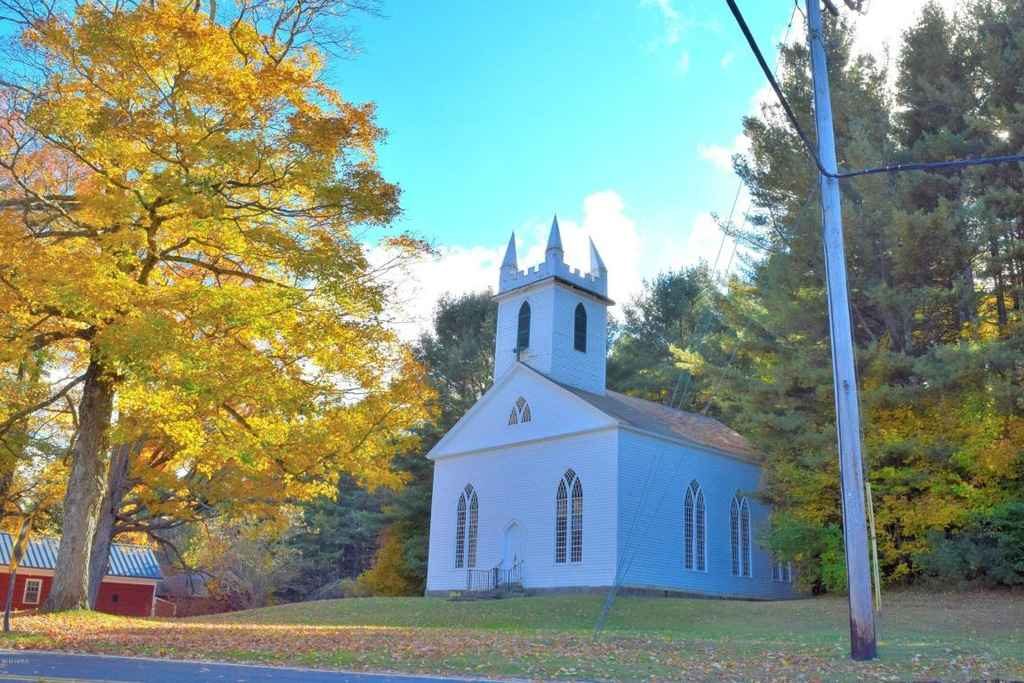In many long-established communities, churches – and their buildings – serve as landmarks and touchstones for neighborhood identity. But what happens to these buildings when the congregations are no longer present or no longer able to maintain them? Is it enough that the buildings remain? Or is their something lost when their purpose is gone and they are put to other uses? Two recent communities have recently confronted these questions; but answers remain elusive.
In Chicago, Church of the Advent in Logan Square is poised to become high end apartments or condos. From DNAinfo
JAB Real Estate is seeking a zoning variance to build nine residential units inside the Episcopal Church of the Advent, 2900 W. Logan Blvd., which is one more unit than the current zoning designation allows.
Despite how few details were provided, the project rattled Todd Tim Van Alstyne, the former warden of the church.
“I don’t think any of the church members would have been willing to leave the building if they had known it would’ve been turned into luxury condos,” Van Alystyne said.
“You can keep the neighborhood architecture while at the same time pushing the actual neighbors out. That’s why we’re concerned. If there’s nine luxury [units], that’s going to raise everybody’s taxes and push out longstanding neighbors.”
The church closed after a partnership with another congregation who also used the building departed and the financial demands became too great for the remaining Episcopal congregation. But it’s not just former members who are concerned about turning the church into a citadel of gentrification, local neighbors are also mourning its loss.
In response to the developer’s proposal, Logan Square Preservation issued a statement Monday:
“We were very disappointed that the Church of the Advent closed a year ago. To lose a congregation like that was unfortunate. We’re still evaluating the proposal and its potential impact on the landmark district and immediate neighbors. But our first concern, as stewards of the landmark district, is to make sure the building is preserved.”
In the tiny hamlet of Otis in the Berkshires of western Massachusetts, St Paul’s church was given to the town government. St Paul’s dates to 1830, but the church had long operated as a summer chapel before its closure in 2015. According the church’s history page; it has been preserved largely through the efforts of only a handful of benefactors.
Although St. Paul’s has never enjoyed a membership large enough to become an independent parish and now operates under the auspices of St. George’s in Lee, it is fortunate to have had many benefactors over the years whose efforts have allowed the church to continue its special mission. May Barton led a restoration effort in the early 1940s, which saved the church from deterioration and disuse. Her vision and leadership led to the establishment of regular Sunday services from mid-June through Labor Day. C.H. Peter Derby then led the church until his death in 1983 when he bequeathed funds to restore the building inside and out. This gift became the basis for a preservation fund, which was used to care for the historic building.
According to the Berkshire Eagle, there was significant debate at the town meeting about whether or not the historic Greek Revival church should be taken on or not.
But articles relating to funding repairs to an old school house, instituting a Community Preservation Act tax, and accepting the gift of the church generated extensive debate and pushed the meeting late into the evening.
The building was offered to the town by two competing interests that claim ownership over the building: the St. Paul’s Executive Committee and the Episcopal Missions of Western Massachusetts.
“We all want the same thing,” said Jeff Pigman, the committee’s chairman.
The town voted to accept the gift after some debate over the details of taxpayers shouldering the responsibility of another piece of property. The church was the focus of a protracted and detailed discussion. The crowd was uncertain about taking on a new responsibility, especially if there would be requests for more funds to repair the church in the future.
There are likely to be many more such transfers and questions in the future as many churches built for a nineteenth century population that no longer exists face closure. What place churches hold in the fabric of neighborhood and community life will surely continue to draw debate. Communities like having churches in their midst, it seems. At the same time; if these places were really important to their communities then perhaps they should be appreciated by becoming involved in their life and not just admiring their architecture while walking by.
image: St Paul’s building in Otis, MA

